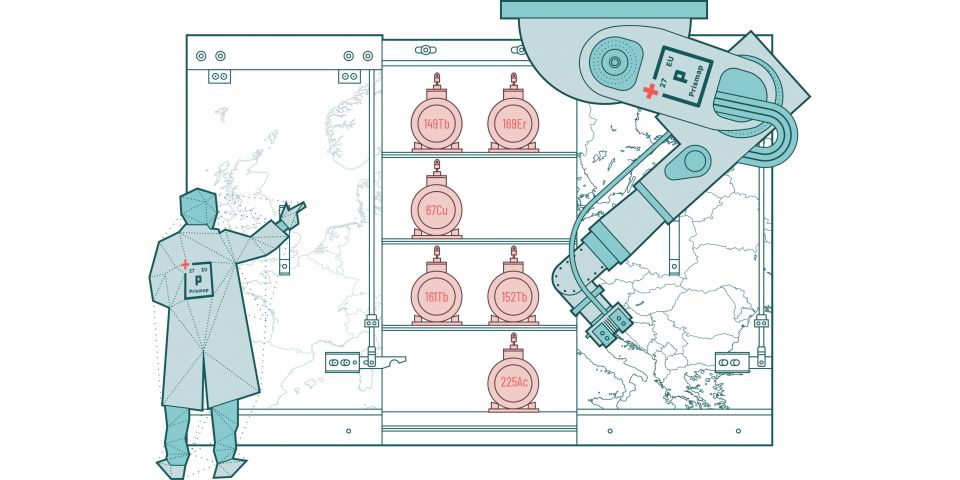The development of such a unified nuclear conception has long been a goal of nuclear physicists. The researchers’ work was published on October 11 in Physical Review Letters.
Protons, neutrons, quarks, gluons: The research serves to reconcile two concepts of atomic nuclei. Nuclei behave as collections of basic protons and neutrons at lower energies of observation, but these protons and neutrons are revealed at higher energies (in particle accelerators) to be made up of tinier components—quarks held together by gluons. A difficult challenge has been the creation of a single conceptual model that integrates both the low-energy and high-energy ideas.
In the newly published research, “We have managed to bring these two so-far separated worlds together,” said investigator Aleksander Kusina, an associate professor in the Department of Particle Theory at the Polish Academy of Sciences’ Institute of Nuclear Physics.
Parton distribution functions: Kusina and his nCTEQ colleagues focused on parton distribution functions (PDFs), tools used in high-energy physics to describe the momentum and spin of the quarks and gluons inside protons and neutrons. Adjustments of PDFs allow physicists to predict outcomes of subatomic collisions in particle accelerators.
The nCTEQ researchers developed a quark-gluon model that simulated the pairing of nucleons (protons and neutrons) at the parton level, incorporating the effects of this pairing in PDFs. Kusinasaid, “In our model, we made improvements to simulate the phenomenon of pairing of certain nucleons. This is because we recognized that this effect could also be relevant at the parton level.”
Conceptual simplification: Using their model, the researchers were able to determine the PDFs in atomic nuclei, the parton distributions in correlated nucleon pairs, and the numbers of correlated pairs for 18 different atomic nuclei. They found that their novel model provided a better description of experimental data than traditional models. They strengthened the validity of their model by aligning theoretical predictions with actual observations.
According to Kusina, “Interestingly, this [approach] allowed for a conceptual simplification of the theoretical description, which should in [the] future enable us to study parton distributions for individual atomic nuclei more precisely.”
SciTech Daily described the research results by noting, “It has been possible for the first time to reproduce the behavior of atomic nuclei so far explained solely by nucleonic description and data from low-energy collisions.”
Nucleons and partons: The nCTEQ researchers wrote in the abstract of their paper that their model “extracts the universal effective distribution of quarks and gluons inside correlated nucleon pairs, and their nucleus-specific fractions. Such successful extraction of these universal distributions marks a significant advance in our understanding of nuclear structure properties connecting nucleon- and parton-level quantities.”
In other words, their quark-gluon model allows for a unified concept of atomic nuclei, combining both traditional low-energy nucleon ideas and advanced high-energy parton ideas.
Nuclear energy: Additional research along these lines, the scientists say, could lead to refinements in the understanding of fundamental nuclear forces and of particle accelerator experiments—as well as eventual technological advancements in nuclear energy and medical imaging technologies.




